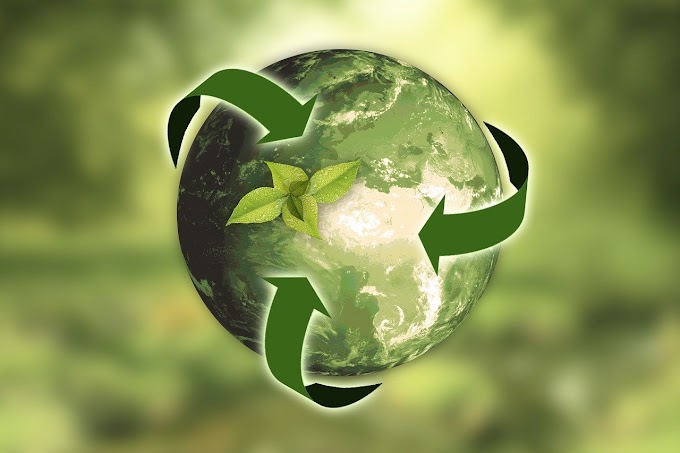Sheep shearing, a time-honored tradition practiced for thousands of years, plays a pivotal role in the textile industry. This essential process not only ensures the well-being of sheep but also supplies the world with high-quality wool—a natural, renewable resource used to create everything from clothing to carpets. In this blog, we’ll explore the art of sheep shearing, its significance, and the global impact of wool production, supported by data on leading wool-producing countries.
What is Sheep Shearing?
Sheep shearing is the process of removing the fleece from
a sheep. Unlike other animals that shed their coats naturally, domesticated
sheep, particularly those bred for wool production, do not shed their wool and
require annual shearing to maintain their health. This process typically occurs
in spring, before the onset of warmer weather, ensuring that the sheep remain
cool during the summer months.
Shearing is a skilled craft that requires precision and
care. The goal is to remove the wool in one piece without injuring the sheep or
damaging the fleece. Experienced shearers can shear a sheep in just a few
minutes, with the world’s top shearers able to shear over 200 sheep in a single
day.
The Importance of Sheep Shearing
Animal Welfare: Regular shearing is crucial for the
health of sheep. Without shearing, sheep can become overheated, and their wool
can become matted and infested with parasites, leading to various health
issues. Shearing not only helps in maintaining hygiene but also prevents the
risks associated with unshorn wool, such as flystrike.
Sustainable Resource: Wool is one of the most sustainable
fibers available. It is biodegradable, renewable, and has a lower environmental
impact compared to synthetic fibers. Each year, sheep grow a new fleece, making
wool a naturally replenishing resource.
Economic Impact: The wool industry is a significant
contributor to the global economy. From small-scale farmers to large
agricultural operations, wool production provides livelihoods for millions of
people around the world. The fleece harvested during shearing is sold and
processed into yarn, fabric, and other woolen products, supporting various
industries.
Global Wool Production: Key Players
Wool production is a global industry, with several
countries leading in both the quantity and quality of wool produced. Below are
some of the top wool-producing countries:
Australia: Australia is the world’s largest wool
producer, accounting for approximately 25% of global wool production. The
country is renowned for its high-quality Merino wool, which is highly sought
after for its fine texture and softness. In 2023, Australia produced around 282
million kilograms of wool, making it a powerhouse in the global textile market.
China: China is not only a major wool producer but also
the world’s largest wool importer. With its vast textile industry, China
processes a significant portion of the world’s wool. In 2023, China produced
around 180 million kilograms of wool, much of which is used in its domestic
manufacturing sector, with the remainder exported to other countries.
New Zealand: Known for its strong wool, which is ideal
for carpets and upholstery, New Zealand is another major player in the wool
industry. The country produced approximately 155 million kilograms of wool in
2023. New Zealand’s wool is prized for its durability and is a key export
product.
Argentina: Argentina is South America’s largest wool
producer, with an emphasis on fine wool from Merino sheep. The country produced
around 50 million kilograms of wool in 2023, much of which is exported to
Europe and Asia.
South Africa: South Africa is a leading producer of fine
wool, particularly from the Merino breed. The country’s wool production was
about 45 million kilograms in 2023. South African wool is known for its high
quality and is exported worldwide.
The Shearing Process: Step by Step
Shearing is a meticulous process that requires skill and
patience. Here’s a step-by-step overview of how it’s done:
Preparation: Before shearing begins, the sheep are
typically gathered and penned. The sheep’s fleece is checked for any debris,
dirt, or parasites, which are removed to ensure a clean shearing process.
Positioning the Sheep: The sheep is gently placed in a
sitting position, which relaxes the animal and makes it easier to shear. This
position also helps in accessing all parts of the fleece.
Shearing the Fleece: Using electric clippers or traditional shears, the shearer begins by removing the wool from the belly, followed by the legs, sides, and back. The fleece is removed in one continuous piece, starting from the neck and moving down the body.
Sorting and Grading: Once the fleece is removed, it is carefully examined and sorted based on quality. Wool is graded according to its fineness, length, and cleanliness. High-quality wool is separated for use in fine garments, while coarser wool may be used for carpets or industrial products.
Watch Now:
Post-Shearing Care: After shearing, the sheep are checked
for any cuts or injuries, which are treated promptly. The sheep are then
returned to the pasture, where they continue to graze and grow new fleece.
The Future of Wool
As consumers become more conscious of sustainability, the
demand for natural fibers like wool is expected to grow. Wool’s unique
properties—its warmth, breathability, and biodegradability—make it a versatile
and eco-friendly choice in a world increasingly focused on reducing
environmental impact.
In conclusion, sheep shearing is not just a routine
agricultural activity; it is a vital process that supports both animal welfare
and the global textile industry. With leading wool-producing countries like
Australia, China, and New Zealand at the forefront, the world continues to
benefit from this renewable resource, ensuring that wool remains a staple in
our wardrobes and homes for generations to come.
References:
Australian Wool Innovation (2023)
International Wool Textile Organization (IWTO)
National Council of Wool Selling Brokers of Australia






0 Comments